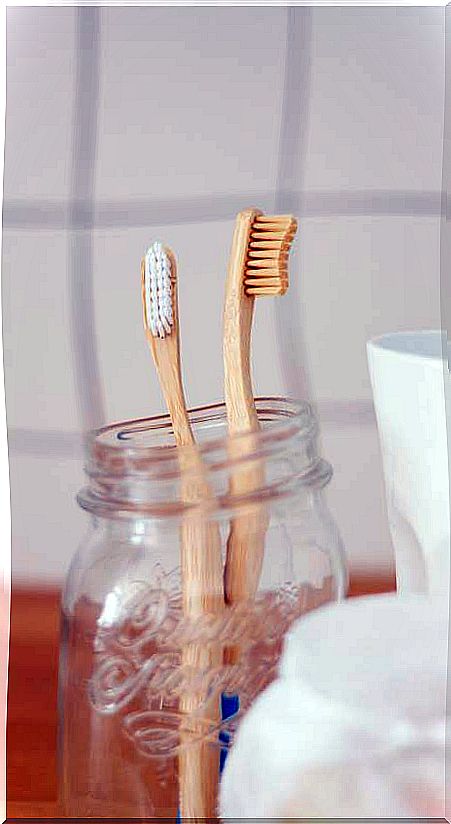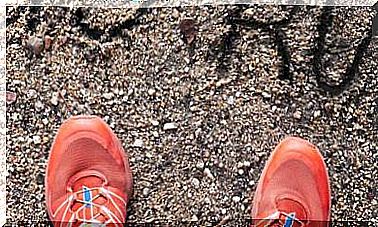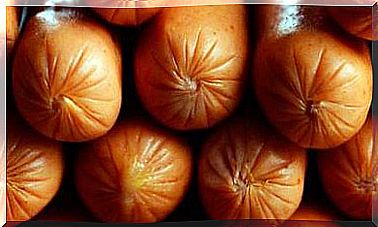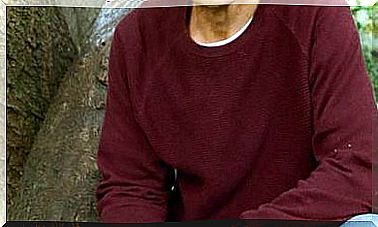6 Mistakes That Almost Everyone Makes With Hygiene
Many times we are convinced that we do things correctly but we are wrong. This is what happens with the errors that we explain below, you will see how you identify with some of them.

- 1. Flush the toilet with the lid open
- 2. Store the toothbrush incorrectly
- 3. Use plastic cutting boards instead of wood
- 4. Dry your hands with the kitchen towel
- 5. Wash your hands improperly
- 6. Thawing food too quickly
Hygiene is necessary, but it should not be exaggerated, as too much can even promote allergies. However, there are some mistakes that most of us make every day without realizing it, and that we should eradicate immediately.
1. Flush the toilet with the lid open
The toilet seat should be closed whenever it is not being used, especially when flushing. If you run the water with the lid open, a fine mist of toilet water is dispersed through the air and, with it, bacteria and other fecal germs. These can settle on surfaces and objects around the toilet, such as toothbrushes, towels, or cosmetics. It is not a pleasant idea to imagine. Yet another reason why you should not take your mobile to the bathroom.
2. Store the toothbrush incorrectly
We put our toothbrush in our mouth every day, so we should do our best to keep it clean. However, with the toothbrush, many make several mistakes:
- Not washing the toothbrush glass (or not enough): the glass tends to get full of germs that can spread without hindrance there. Therefore, the mug should be thoroughly rinsed regularly.
- Store your toothbrush in a cupboard: bacteria spread particularly well in a humid environment. So that the toothbrush does not become a breeding ground for germs, it must be dried as quickly as possible. This will take you much longer in a closed closet. Therefore, keep the brush upside down in a glass without a lid, and as far away from the toilet as possible.
- Change your toothbrush infrequently: Every two to three months you should use a new toothbrush. Many of us change our toothbrush very infrequently. However, if you use a new toothbrush regularly, you will also end up discarding a large amount of plastic in the trash. Wooden brushes are a more environmentally friendly alternative.
3. Use plastic cutting boards instead of wood
It is a misconception that plastic cutting boards are cleaner than wooden ones. Wood is not only greener than plastic, it can also be more hygienic.
Several studies show that bacteria have a more difficult time reproducing in wood than in cuts made of plastic. In addition, the plastic ones have a shorter life and their life cycle is much more polluting.
If a board has a lot of deep notches, it needs to be replaced, regardless of whether it is plastic or wood. In the case of having a thick wooden board, there is the option of sanding the top layer, something that is not possible with a plastic one.
4. Dry your hands with the kitchen towel
Another mistake in the kitchen is using the same cloth to dry dishes, other surfaces, and your own hands. There are many germs and pathogens on your hands that get onto the dishcloth when you dry your hands on it, and from the dishcloth they go back to the dishes and spread further.
According to a study by the American State University of Kansas, tea towels are one of the largest sources of germs in the kitchen.
However, that doesn’t mean that disposable paper napkins or rolls are better options. You want to make sure that the dish cloth is actually used for this purpose only, and that the cloths are washed regularly.
5. Wash your hands improperly
Probably the biggest hygiene flaw of all, not just during the current pandemic, is not washing your hands enough. During the pandemic, we have learned how the number of flu, colds, and other infections can be reduced. It is estimated that 80 percent of infectious diseases are transmitted through the hands.
But even those who wash their hands regularly can do a lot of wrong. The most common mistake is washing your hands too briefly. Hands should be soaped for at least 20 seconds. It is also important to dry off well afterwards, as pathogens prefer humid environments.
The temperature of the water does not influence the effectiveness of eliminating germs. So it’s a good idea to wash your hands with cold water because it’s just as effective as hot water and saves energy.
6. Thawing food too quickly
Freezing leftover food, fresh fruits and vegetables, or a serving of freshly made pesto is a great way to keep it longer and avoid the massive food waste that is rampant in most industrialized countries.
But you have to be careful , if frozen food thaws too quickly, germs and bacteria are activated and the heat causes them to multiply faster than normal, so do not thaw food at room temperature or near a source of hot. Even if it takes longer, it is healthier to put frozen food in the refrigerator or in a cold bath.









